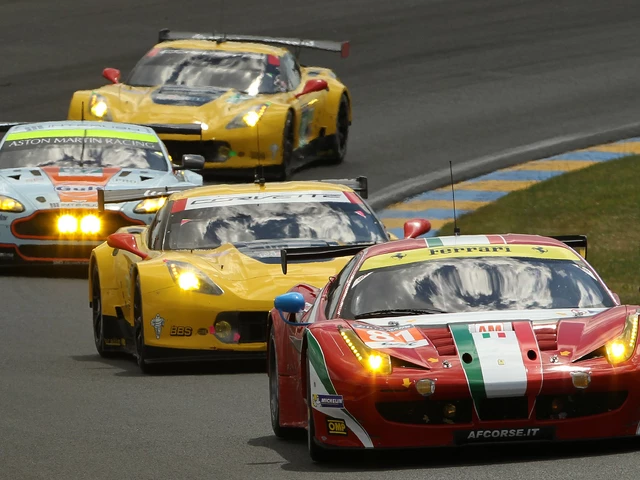Work in Motorsport: Careers, Earnings and Practical Guides
Ever wonder what it takes to earn a living in the fast lane? Whether you dream of sitting behind the wheel, tweaking engines, or turning data into speed, the motorsport industry offers a surprisingly wide range of jobs. From high‑paid drivers to hands‑on mechanics, from simulation designers to rule‑making specialists, there’s a role for almost any skill set. Below you’ll find straightforward advice to help you break into the field, understand how much people actually make, and navigate the rules that keep racing fair.
How to Start a Racing Career on a Budget
Most folks assume you need a fortune to get on the track, but that’s a myth. First, look for a local racing school that offers entry‑level packages – many run weekend workshops for less than a typical vacation. Next, volunteer at a nearby circuit; track staff often let you handle tasks like tire changes or data logging, and you’ll pick up real‑world experience for free. While you’re there, talk to owners and ask about used race cars or parts that can be bought cheaply. Social media is a powerful recruiter, too – post videos of your laps, tag teams, and clearly state you’re looking for sponsors. A solid online presence can attract small businesses willing to cover entry fees in exchange for branding.
Understanding Earnings and Rules in Motorsport
Driver salaries vary wildly. Rookie racers might earn around $50,000 a year, mostly from modest team contracts. Top‑tier Formula 1 stars, however, can pull in $40 million or more, plus lucrative endorsement deals. Remember, most of that money comes from sponsors, so building a marketable personal brand is as important as raw speed. Beyond drivers, engineers, aerodynamicists, and data analysts command six‑figure salaries in well‑funded teams, especially if they have a track record of delivering performance gains.
Homologation rules are the hidden backbone of fair racing. In plain terms, they force manufacturers to race cars that are also sold to the public, preventing teams with unlimited budgets from creating one‑off race machines. Understanding these regulations can be a career booster – compliance specialists help teams design cars that meet the rulebook while still squeezing out every ounce of performance. Knowing the "why" behind homologation also helps you explain to fans why a certain model looks different on the track than on the showroom floor.
If you’re more tech‑savvy, building your own racing simulator is a great entry point. All you need is a decent gaming PC, a steering wheel with pedals, and a sturdy seat. Add a VR headset for extra immersion, and you’ll have a training tool that mimics real‑world physics without the cost of track time. Many drivers use simulators to practice racing lines – the optimal path through a corner that balances speed and tire wear. Mastering the racing line in a virtual environment translates directly to faster lap times when you finally get on the asphalt.
Finally, keep learning. Enroll in an automotive engineering program if you can – universities like Bath consistently rank high for this subject and provide access to state‑of‑the‑art labs. Even a short certificate in data analysis or mechanical design can make your resume stand out. The motorsport world rewards passion and persistence, so stay curious, stay connected, and keep pushing the limits of what you can achieve on and off the track.

How does a gear shifter work in motorcycle drag racing?
Motorcycle drag racing requires the use of a gear shifter to shift gears in order to maximize the speed of the bike. The gear shifter works by activating the clutch, which disengages the engine from the transmission, allowing the bike to shift gears. The rider then uses the gear shifter to select the next gear, which is then engaged by releasing the clutch. In order to make the most efficient shifts, riders must know how to time the shifts correctly and use the correct amount of throttle to match the engine speed to the transmission. This allows the bike to accelerate quickly and make the most of the available power.
CONTINUE READING





